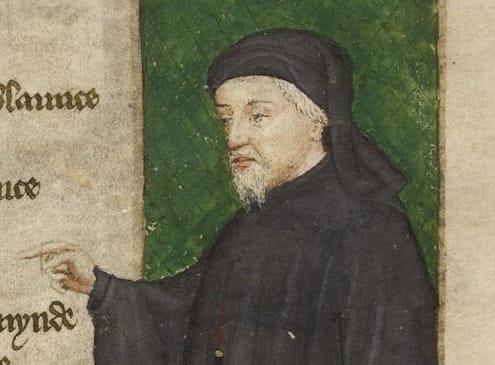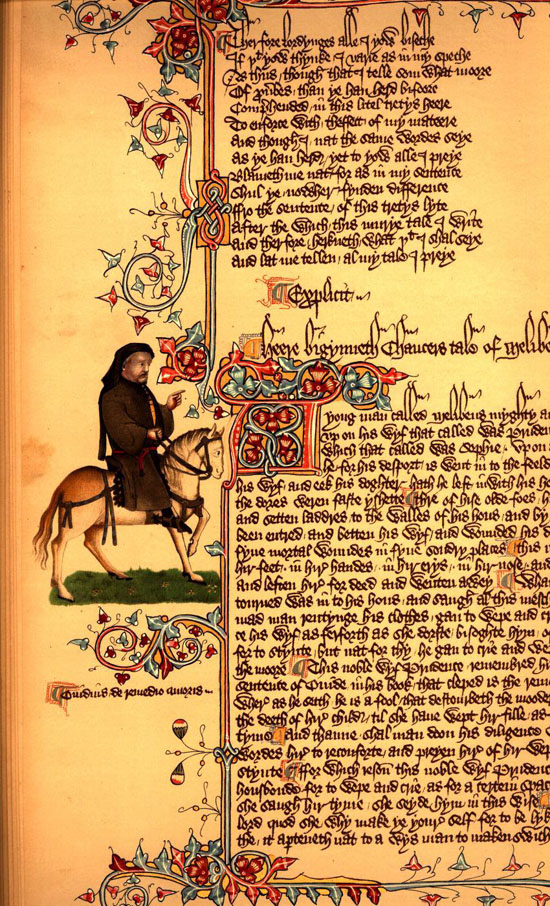Chaucer and Chaumpaigne

One of the most celebrated cases of literary rape (“raptus”) involved Geoffrey Chaucer. In 1380 charges were dropped by one Cecily Chaumpaigne. The document on which the charges were based - “concerning my rape” (“de raptu meo”) - came to light in 1873. Chaucer apparently paid 10 pounds to Chaumpaigne, which was a huge amount for the time. So why did he pay?
The pessimists - feminist academics - have indicted Chaucer as a forcible rapist. Did Chaucer indeed rape her and does the evil deed “haunt” his works and change forever how we feel about his Canterbury Tales? The optimists - male academics - have argued that the evidence simply isn’t there, because we don’t have enough information about what happened and the terminology is vague about whether a rape actually occurred. Perhaps Chaumpaigne used it as leverage to get what she wanted?

The cynics might say it’s likely that sex occurred, perhaps on a regular basis. A new document emerged in 2022, showing legal action by Thomas Staundon against both Geoffrey Chaucer and Cecily Chaumpaigne, suggesting that Chaucer arranged for the unlicensed transfer of Chaumpaigne as a servant to his own household. Why? Was this poaching a servant? Some infer that Chaucer did this because Chaumpaigne was his mistress and she may have become pregnant. Did Chaucer, who was married, break off the relationship and she got back at him or was it always amicable? We don't know. Was Chaumpaigne a first class manipulator and she fabricated the charges to blackmail him? Some believe Chaumpaigne’s stepmother was Alice Perrers, a famous courtesan and businesswoman and perhaps Chaumpaigne indulged in the family practice? Who’s to say? The agnostic notes that the controversy continues unabated in universities and what’s really interesting is why academics and students take the self-serving and embarrassing positions that they do.
Whatever one’s predilection, it’s ironic that the story of Chaucer and Chaumpaigne is so similar to Casanova and Charpillon. As a master of irony himself, Chaucer might have enjoyed that.
The image below shows Chaucer as a pilgrim in the Ellesmere Manuscript of The Canterbury Tales. Many think of this version as the most beautiful manuscript we have. It dates from the early 1400's, not long after his death.

